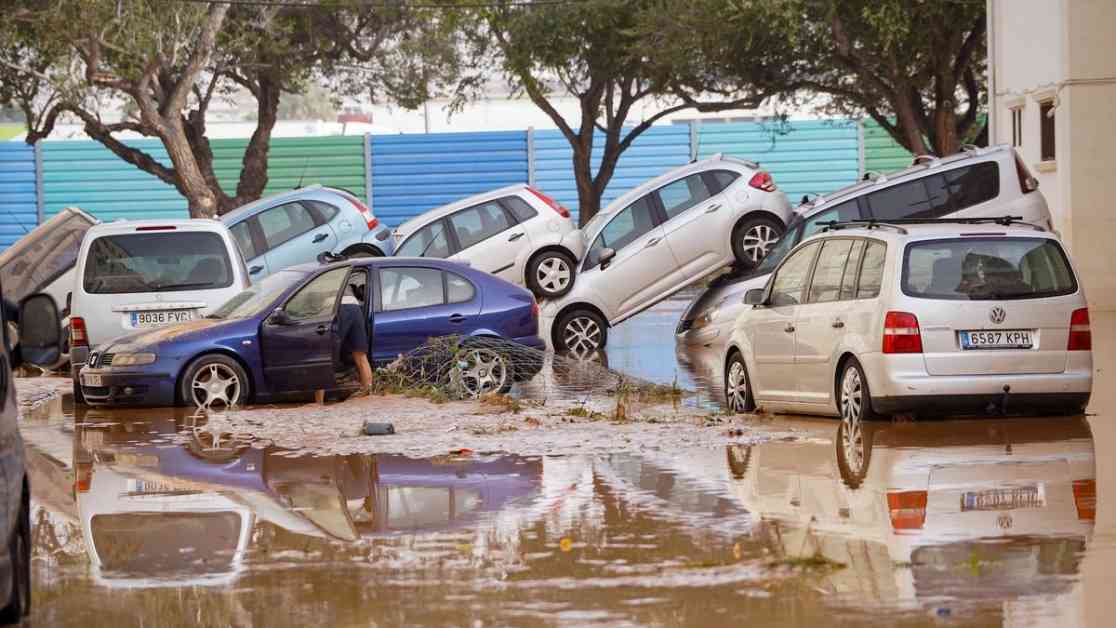Heavy rains caused devastating floods in Valencia, Spain this week, leading to the deaths of over 155 people and leaving many others missing. The catastrophic flash flooding was triggered by a weather phenomenon known as a DANA. A DANA, which stands for Depresión Aislada en Niveles Altos (isolated depression at high levels), forms in the Mediterranean and is an intensified version of a “cold drop.”
This particular DANA was the most severe recorded in the 21st century, comparable to a catastrophic event in 1982. The collision of warm and cold air masses created a significant temperature difference in the atmosphere, leading to heavy storms and torrential rain. The DANA remained stationary over southeast Spain for over 12 hours, resulting in a year’s worth of rainfall in just a few hours.
Meteorologists believe that the severity of this DANA is linked to climate change, as the warming of the Mediterranean Sea has provided extra energy to storm systems like this one. The increased frequency of DANAs in recent years highlights the need to improve early warning systems and adapt prevention and protection measures for extreme weather events.
In the face of a changing climate, it is crucial for authorities to prioritize communication and anticipation of such disasters to minimize loss of life and property damage. The lessons learned from this tragic event should serve as a reminder of the urgent need to address the risks associated with extreme weather events in the future.










